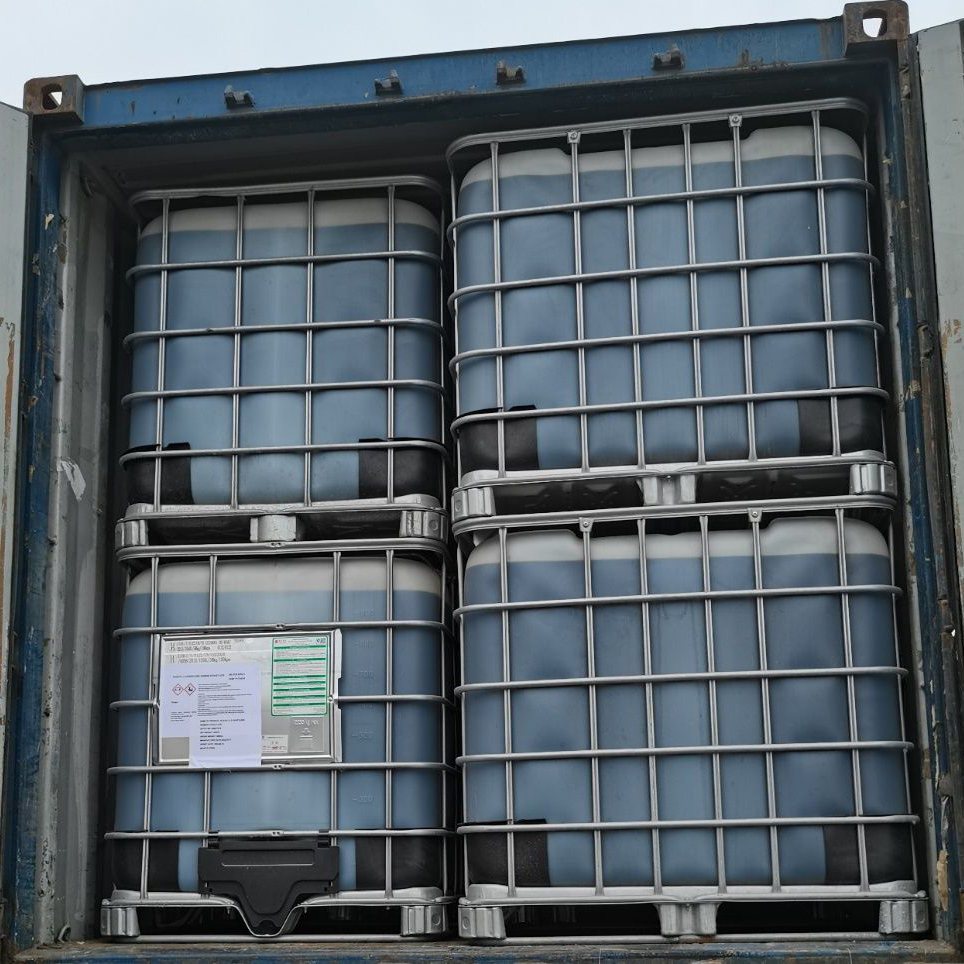
Products
QXME W5, Asphalt Emulsifier, Bitumen Emulsifier CAS NO:53529-03-6
Reduce construction costs.
environmental pollution.
Appearance and properties: liquid.
Flash point(℃): pH (1% aqueous solution) 2-3.
Odor:
Flammability: Flammable in the presence of the following materials or conditions: open flame, sparks and electrostatic discharge and heat.
Main use: mid-crack asphalt emulsifier.
Stability: stable.
Incompatible materials: oxides, metals.
Hazardous decomposition products: Hazardous decomposition products should not be generated under normal conditions of storage and use.
Hazardous Properties: In fire or if heated, pressure may build up and container may explode.
Hazardous combustion products: carbon dioxide, carbon monoxide, nitrogen oxides.
Fire-fighting methods: Use an extinguishing agent suitable for the surrounding fire.
Skin Corrosion/Irritation - Category 1B.
Serious eye damage/eye irritation - Category 1.
Hazard Category:
Routes of entry: oral administration, skin contact, eye contact, inhalation.
Health Hazards: Harmful if swallowed; causes serious eye damage; causes skin irritation; may cause respiratory irritation.
Environmental hazard:
Explosion hazard: In a fire or if heated, pressure may build up and the container may explode.
Hazardous thermal decomposition products may include the following materials: carbon dioxide, carbon monoxide, nitrogen oxides.
Skin contact: Go to hospital immediately for examination. Call a poison control center or seek medical advice. Wash contaminated skin with plenty of water. remove contamination
Clothing and shoes. Rinse contaminated clothing thoroughly with water before removing, or wear gloves. Continue rinsing for at least 10 minutes. Chemical burns must be treated by a doctor immediately. Wash clothing before reuse. Clean shoes thoroughly before reuse.
Eye contact: Go to hospital immediately for examination. Call a poison control center or seek medical advice. Rinse your eyes immediately with plenty of water and lift your eyes occasionally
and lower eyelids. Check and remove any contact lenses. Continue rinsing for at least 10 minutes. Chemical burns must be treated by a doctor immediately.
Inhalation: Go to hospital immediately. Call a poison control center or seek medical advice. Move the victim to fresh air and keep him at rest.
Breathe in a comfortable position. If smoke is suspected to still be present, the rescuer should wear an appropriate face mask or self-contained breathing apparatus. If not breathing, if breathing is irregular, or if respiratory arrest occurs, provide artificial respiration or oxygen by a trained person. People who provide mouth-to-mouth resuscitation assistance may be at risk. If unconscious, stay put and seek medical attention immediately. Keep your airway open. Loosen clothing that is too tight, such as collars, ties, belts, or girdle. In the event of inhalation of decomposition products in a fire, symptoms may be delayed. Patients may require medical observation for 48 hours.
Ingestion: Go to hospital for examination immediately. Call a poison control center or seek medical advice. Rinse mouth with water. Remove dentures, if any.
Move the victim to fresh air, rest, and breathe in a comfortable position. If material has been swallowed and the exposed person is conscious, give small amounts of water to drink. If the patient is nauseous, it may be dangerous to stop vomiting. Do not induce vomiting unless directed by a medical professional. If vomiting occurs, keep the head low so that vomitus does not enter the lungs. Chemical burns must be treated promptly by a doctor. Never give anything by mouth to an unconscious person. If unconscious, stay put and seek medical attention immediately. Keep your airway open. Loosen clothing that is too tight, such as collars, ties, belts, or girdle.
CAS No: 8068-05-01
| ITEMS | SPECIFICATION |
| Appearance | Brown Liquide |
| Solid content(%) | 38.0-42.0 |
(1) 200kg/steel drum,16mt/fcl.








